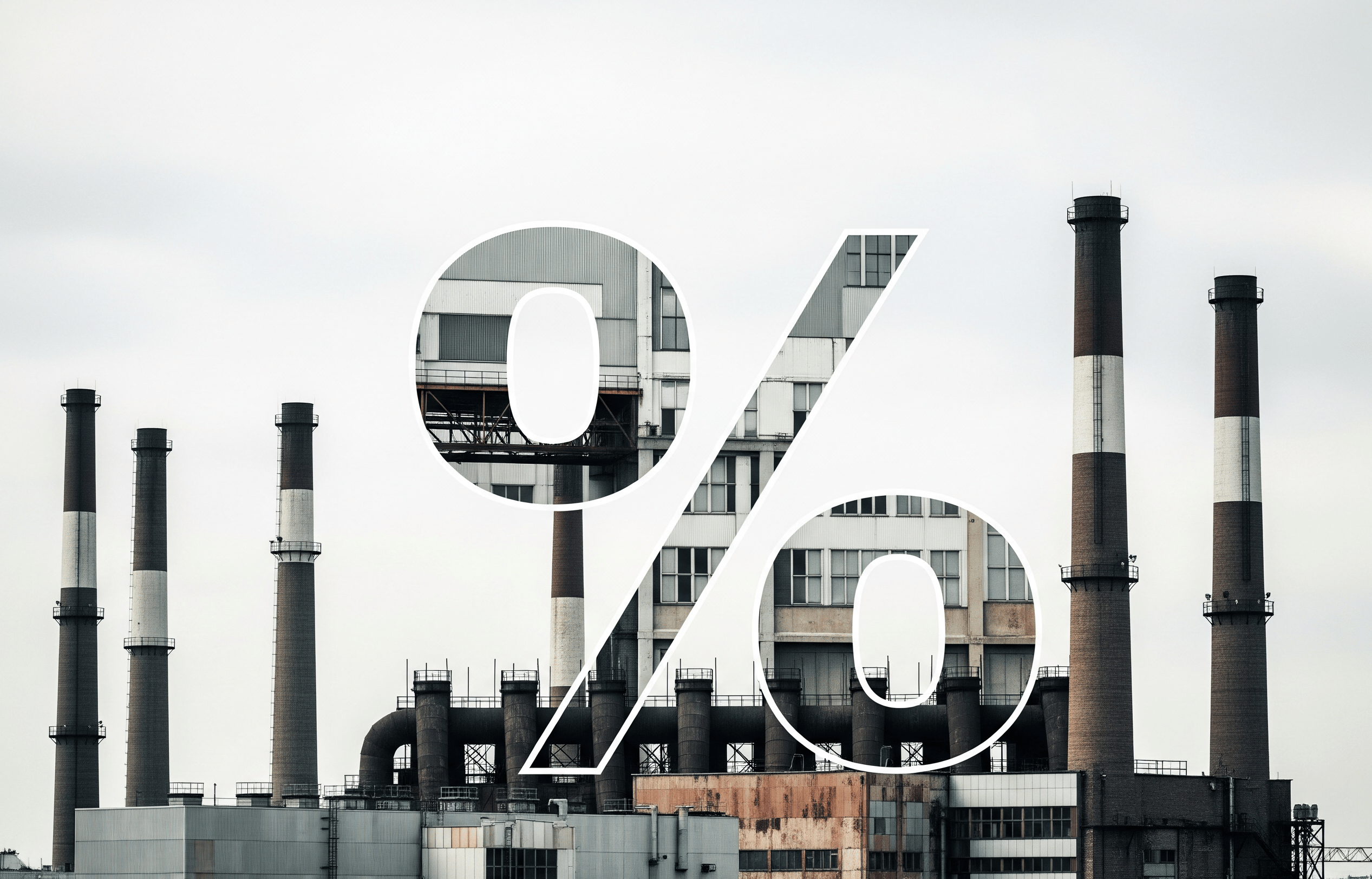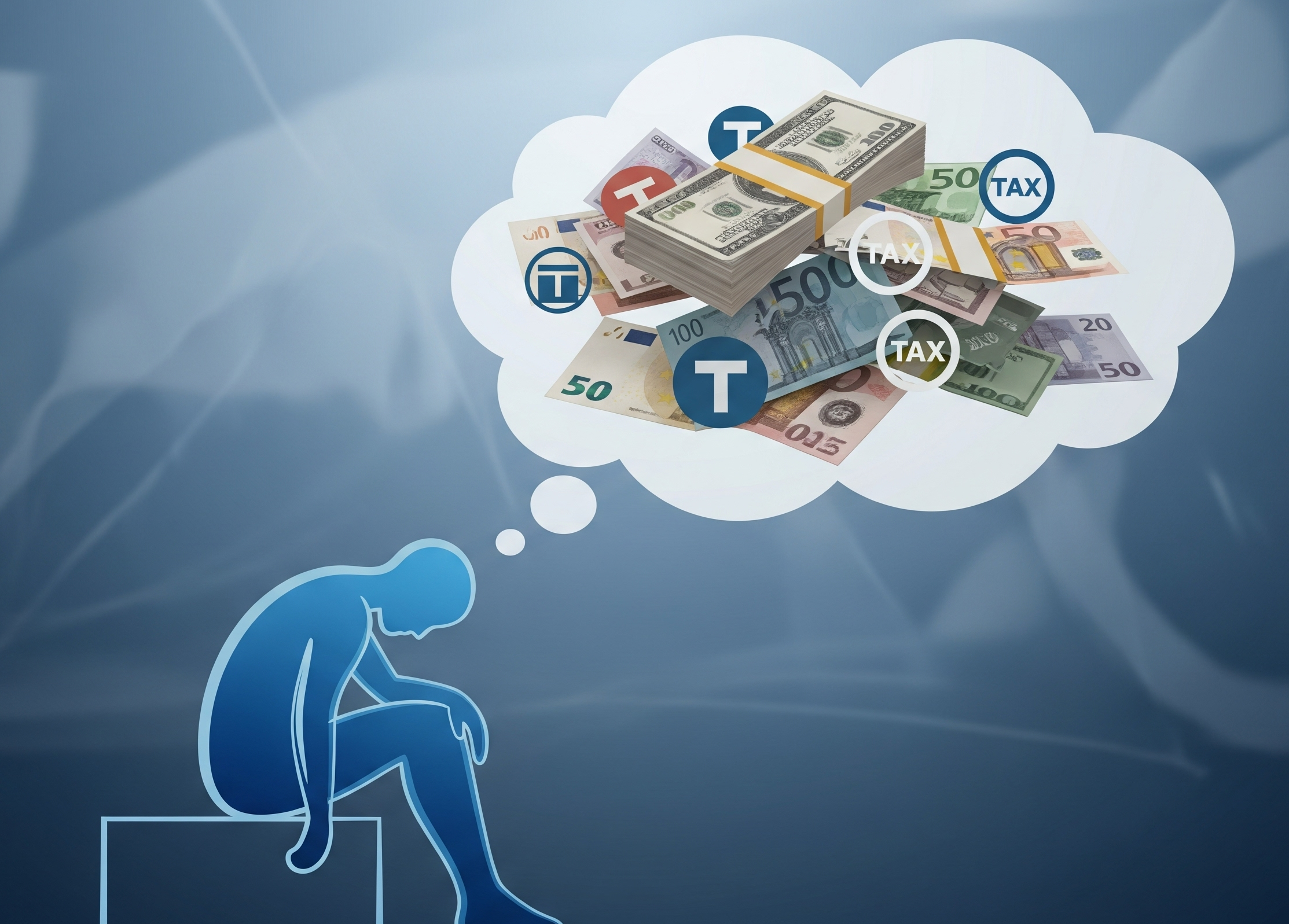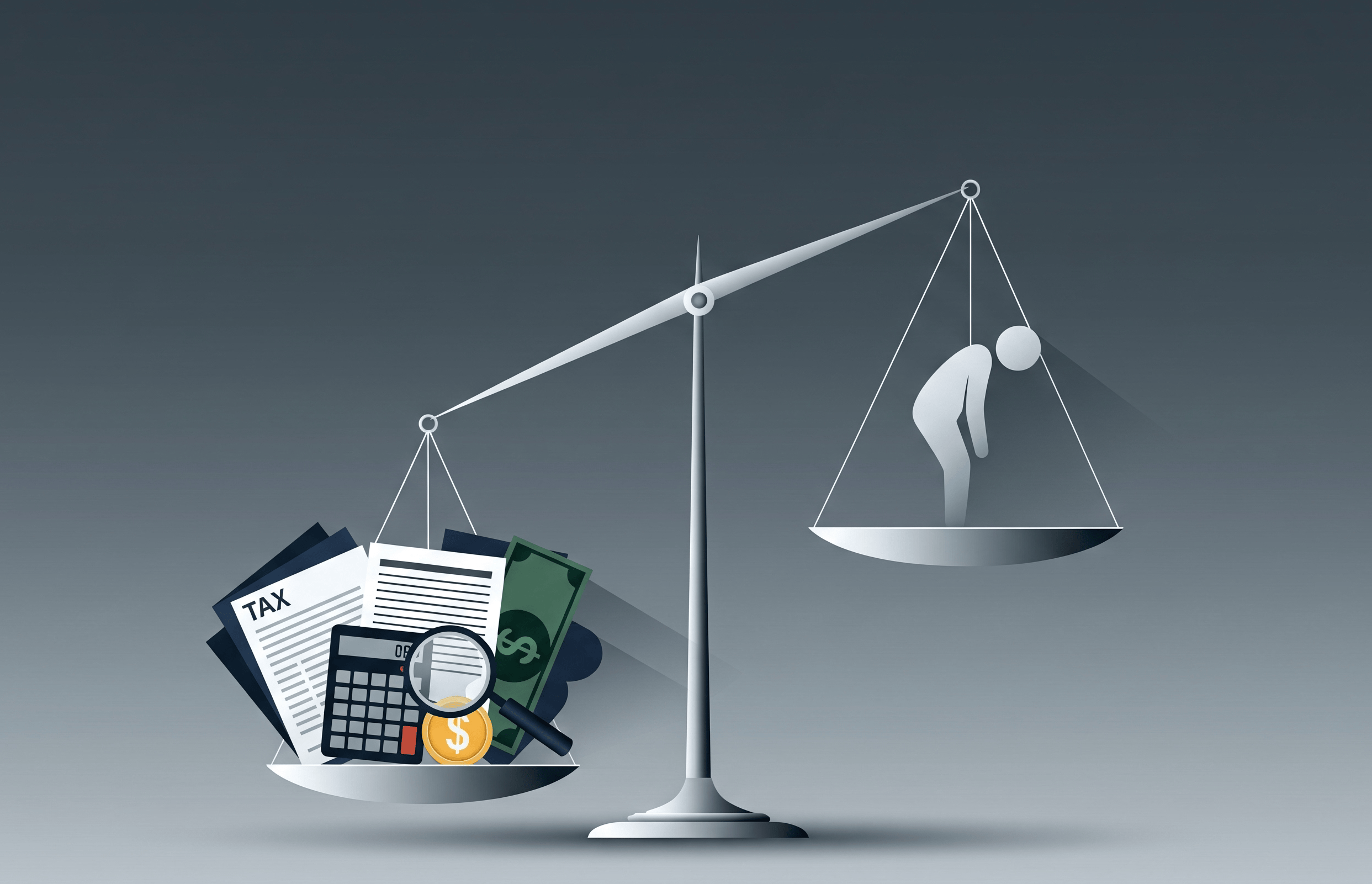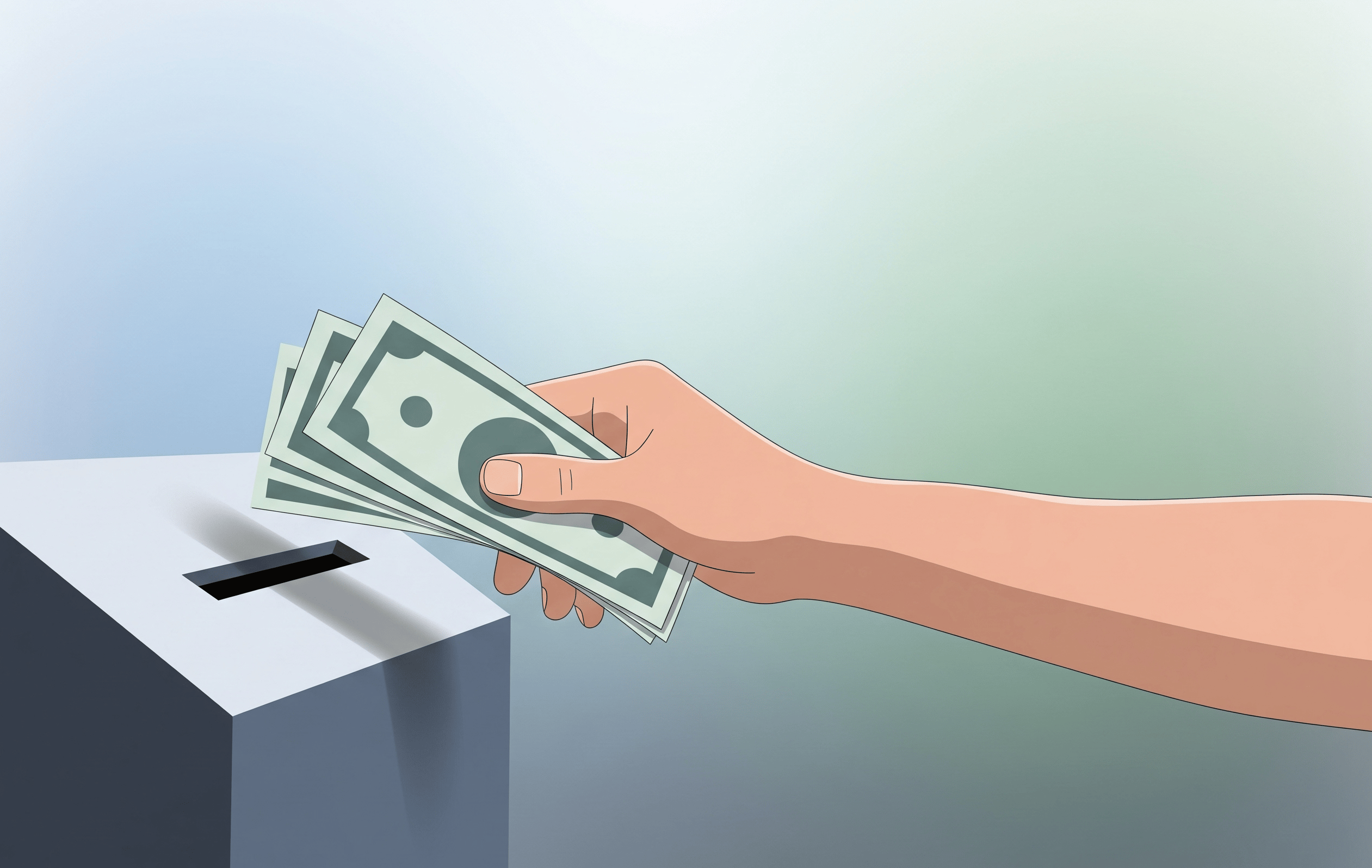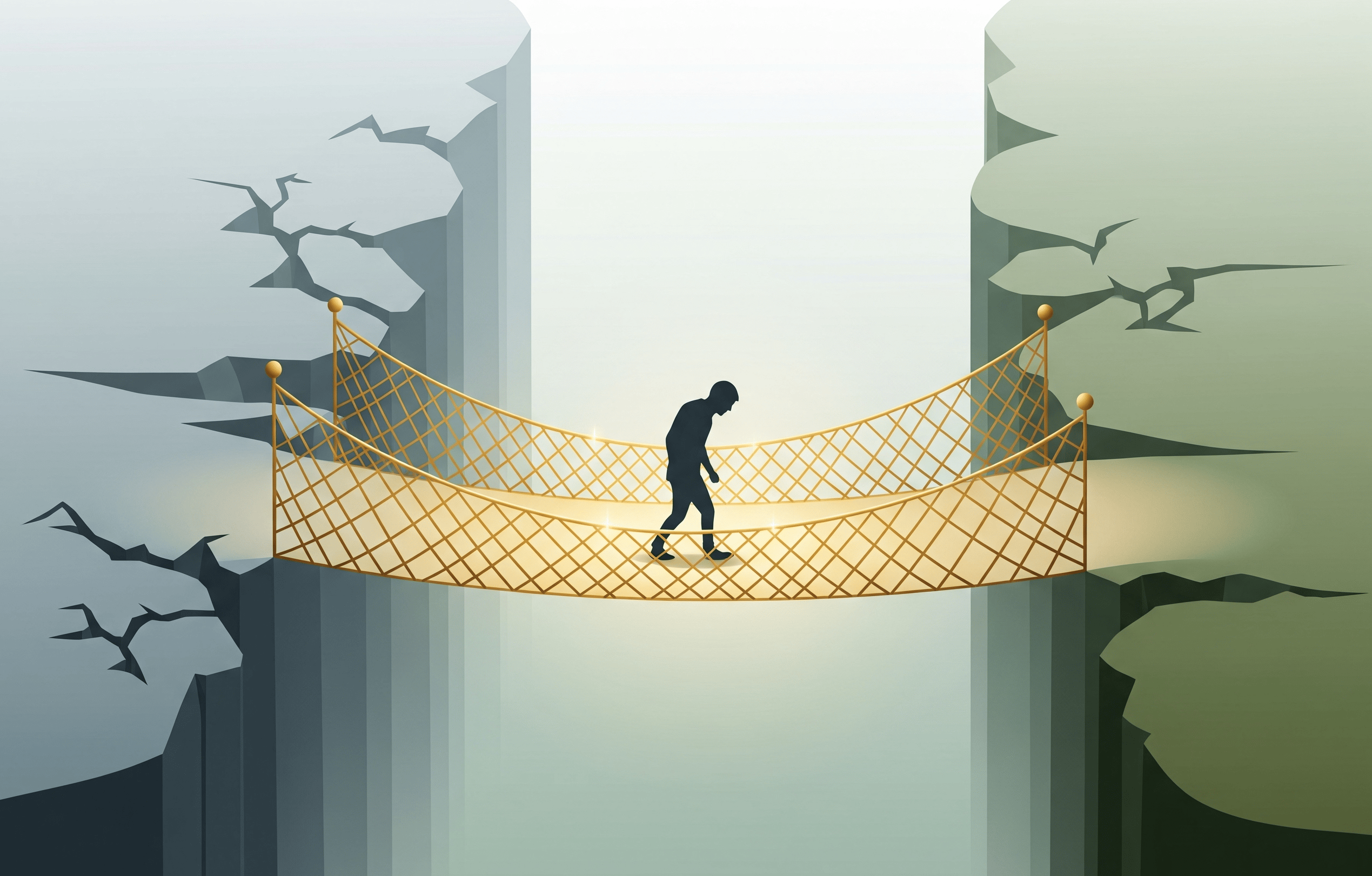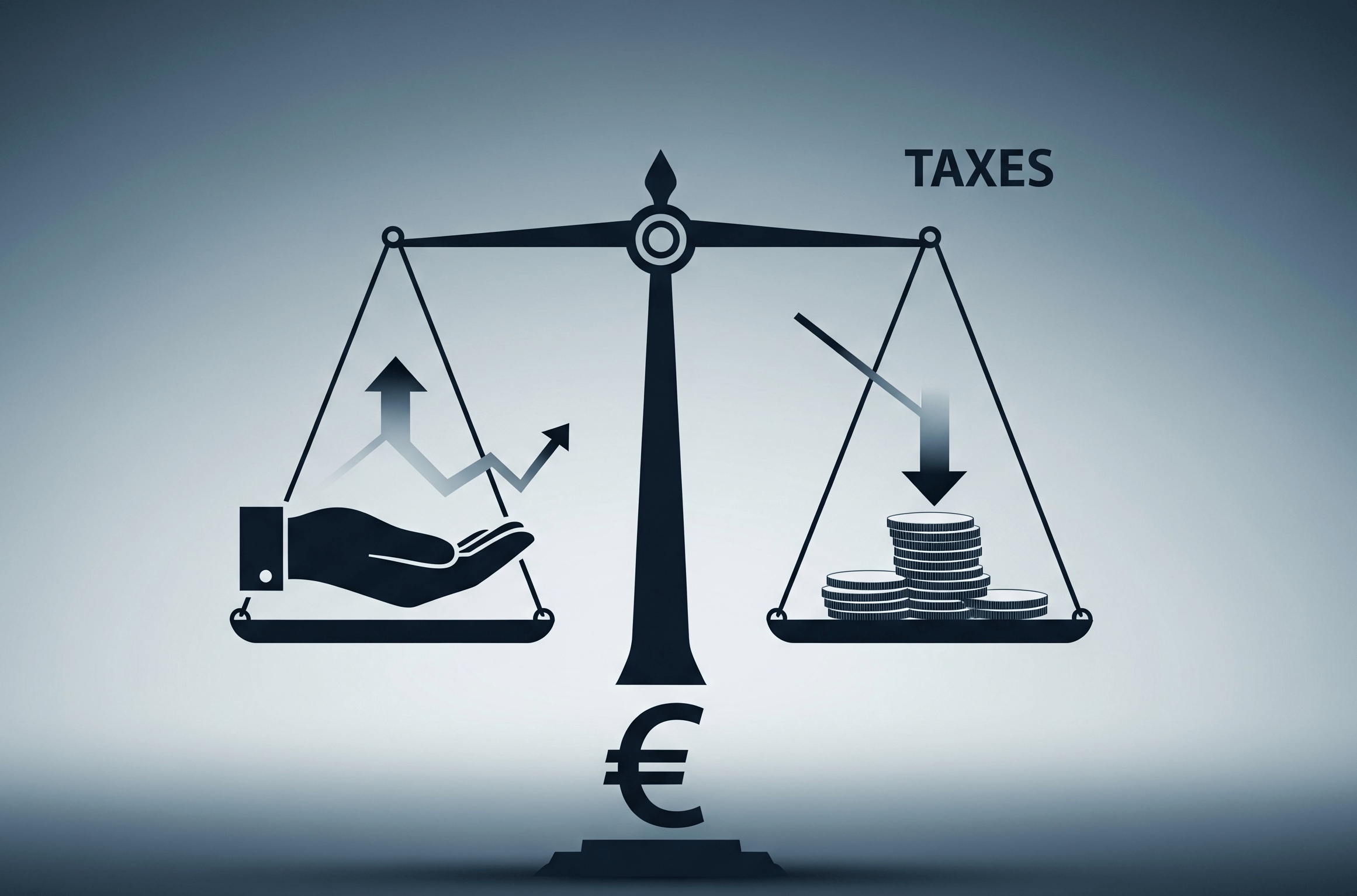By: Joyce Jiang (marketing and finance enthusiast, creative solutions, data storyteller)
Date: 6/22/2025
What Is the Unemployment Percentage Right Now? If you're wondering what is the unemployment percentage in 2025, the number is 4.2% as of May, according to the Bureau of Labor Statistics (BLS). That rate has remained steady for months and may appear healthy at first glance. However, underneath that number, people across various age groups and states are having distinctly different job market experiences.
That includes people like Samantha Rivera, a 23-year-old marketing grad from Illinois. After applying to over 80 jobs and securing just two interviews, she began freelancing to pay her rent. "It's not that I'm not trying," she said in a LinkedIn post. "It feels like the system is frozen."
Youth Joblessness: The Hidden 5.8% Story
For job seekers aged 22 to 27, what is the unemployment rate? The answer is 5.8%-higher than the national average and the highest it's been since 2021. This group is facing shrinking entry-level openings, hiring freezes in tech and media, and automated filters that block resumes before they are even seen by a human.
More Gen Z workers are turning to the trades, service roles, and freelance gigs. Many are using tools like CareerOneStop to build job-ready resumes and learn how to get around applicant-tracking systems.

Weekly Jobless Claims Tell a Different Story
If we only focus on what is the unemployment percentage, we miss rising jobless claims-now at 245,000 to 250,000 per week, the highest since summer 2024, according to Department of Labor data. Hiring has also slowed. The monthly average of new jobs added has dropped to 124,000-139,000, down from over 230,000 earlier this year.
For workers recently laid off, navigating benefits and job searches is a full-time job in itself. Samantha said she used My Next Move to explore new fields, such as UX design, after her marketing internship offers dried up.
Fed Signals Suggest Higher Unemployment Ahead
The Federal Reserve's latest projections suggest unemployment could rise to 4.5% by 2026. The Fed sees slower job creation, elevated inflation, and fewer openings-all reasons why workers may find it harder to get back into the labor market.
Currently, the ratio of job vacancies to unemployed workers is decreasing. That means more people are competing for fewer jobs-and it makes every percentage point feel heavier than it looks on paper.
What Is the Unemployment Percentage in Your State?
The average may be 4.2%, but your state might be much higher. Nevada's unemployment rate is around 5.8%, while Michigan's has jumped 1.4 percentage points year over year. You can track these trends using the BLS state-by-state dashboard.
Regional industries matter too. Places tied to tourism, logistics, or retail are seeing slower recoveries than areas built around healthcare, government, or education.
Long-Term Unemployment Still Rising
What is the unemployment percentage among people out of work for more than 6 months? As of May, approximately 1.6 million people have been unemployed for 27 weeks or more, according to BLS Table A-12. That's a quiet trend but important one-long-term job seekers often have the hardest time getting hired again.
Older workers or people switching industries are especially affected. That's where tools like CareerOneStop or community-based training programs can help restart a stalled career.
Tools to Track and Take Action
If you're monitoring the labor market or your job search, here are free, non-promotional tools to bookmark:
- BLS Jobs Report: Monthly unemployment and job creation updates
- CareerOneStop: Resume help, career mapping, and training programs
- My Next Move: Explore job options based on your current skills
- ConsumerFinance.gov: Learn how to manage income loss and navigate credit gaps
These resources are run by government agencies or nonprofits-no pressure, no sales pitch.

So, What Is the Unemployment Percentage Really Telling Us?
The national number says 4.2%, but it doesn't speak for Samantha Rivera-or the 1.6 million people unemployed long-term. It doesn't show the sharp rise in jobless claims, or the way AI tools are reshaping hiring for younger workers. It doesn't reveal the stress in states like Nevada or Michigan. It doesn't predict what the Fed sees coming next.
So, when someone asks what the unemployment percentage is, the real answer might be: "It depends on who you ask."





